 Data Science and Analytics Training and Engagement Services for Business – HEIF project
Data Science and Analytics Training and Engagement Services for Business – HEIF project
We are experiencing an explosive growth of digital content. According to International Data Corporation, there are currently over 2.7 zetabytes of data. It is estimated that in 2020, the digital universe will be 50 times as big as in 2010 and that from now until 2020 it will double every two years.
The commercial world has been transformed by Big Data with companies competing on analytics. Data has become a commodity referred to as the ‘new oil’. We are entering a new era of predictive analytics and data intensive computing which has been recognised worldwide with various high profile reports. In a recent UK-wide report commissioned by SAS UK (one of our key industrial partners) it has been estimated that there will be about 132,000 big data job opportunities created in the UK economy between 2012 and 2017. McKinsey’s report states that by 2018 the US alone will face a shortage of between 140,000 to 190,000 people with deep analytical skills, while in the UK such shortage will be in the region of 58,000 (e-Skills UK5). Another SAS commissioned report focusing on “data equity” and its impact on the UK, states that increasing adoption of big data analytics will result in cumulative benefits of £216 billion over the years 2012-17.
Following the success of recently launched MSc in Applied Data Analytics, this HEIF project seeks to take advantage of a large demand for and addresses the widening advanced analytics skills gap. Our HEIF project focuses on:
- Engagement with industry through a provision of an on-going opportunity for contact, information and advice in the Data Science Surgeries which are open to businesses of all sizes as well as university staff and students. This service is to support the creation of Knowledge Exchange professional network in the Data Science and Analytics area helping to identify potential skillset needed as well as transfer of knowledge and collaborative research opportunities.
- Development of a portfolio of CPD/short courses within an area with acute UK-wide shortage of skills and where, within the Data Science community consisting of over 50 academics from four faculties, BU has a wealth of expertise and excellent track record.
Over time, the Data Science Surgeries and CPD courses will facilitate engagement between industry and the broader BU Data Science community, enabling us to build bridges and develop relationships with industry, as well as interdisciplinary research collaborations. The new perspectives developed through this interdisciplinary collaboration will not only help to give a better understanding of some of the complex problems facing our society, but also help to inform both the teaching and professional practice undertaken by our academics -supporting the vision of Fusion at BU.
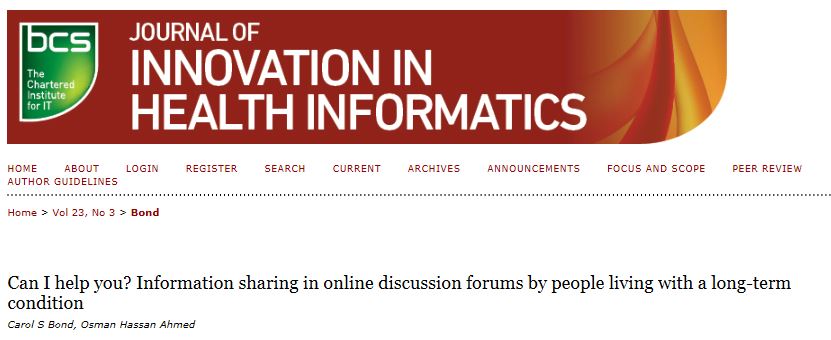

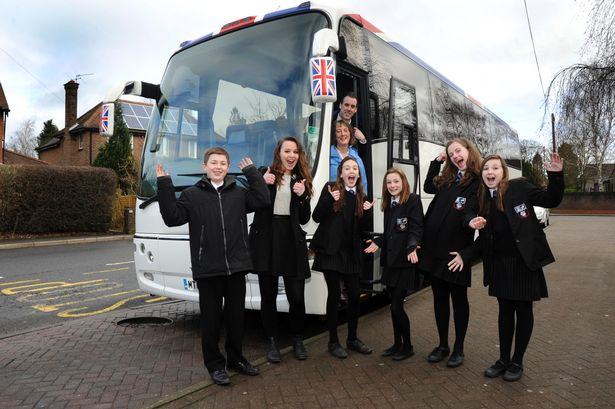
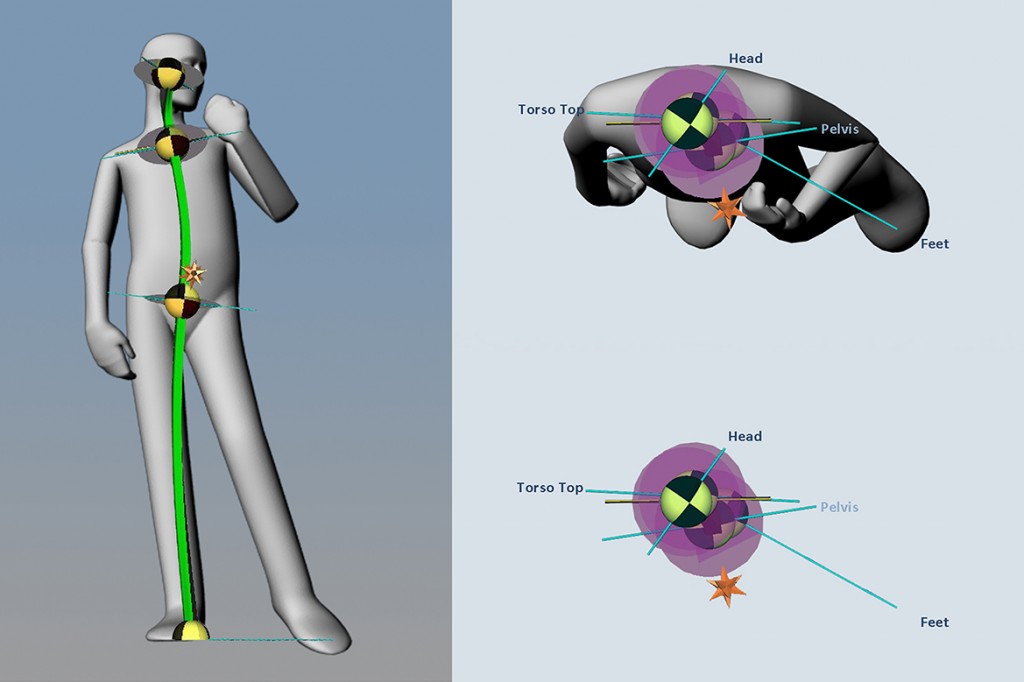
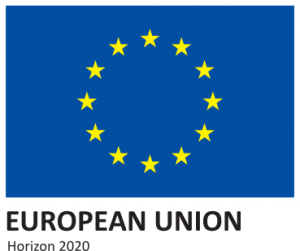 Uber, Amazon, AirBnB, Netflix… The Internet has had many impacts to the economy. Not only to the consumer market, but widely across the service sector. There is a large amount of integration and automation to enable things like instant order confirmations. Work in these aspects of business processes is quite well established in the service sector.
Uber, Amazon, AirBnB, Netflix… The Internet has had many impacts to the economy. Not only to the consumer market, but widely across the service sector. There is a large amount of integration and automation to enable things like instant order confirmations. Work in these aspects of business processes is quite well established in the service sector.



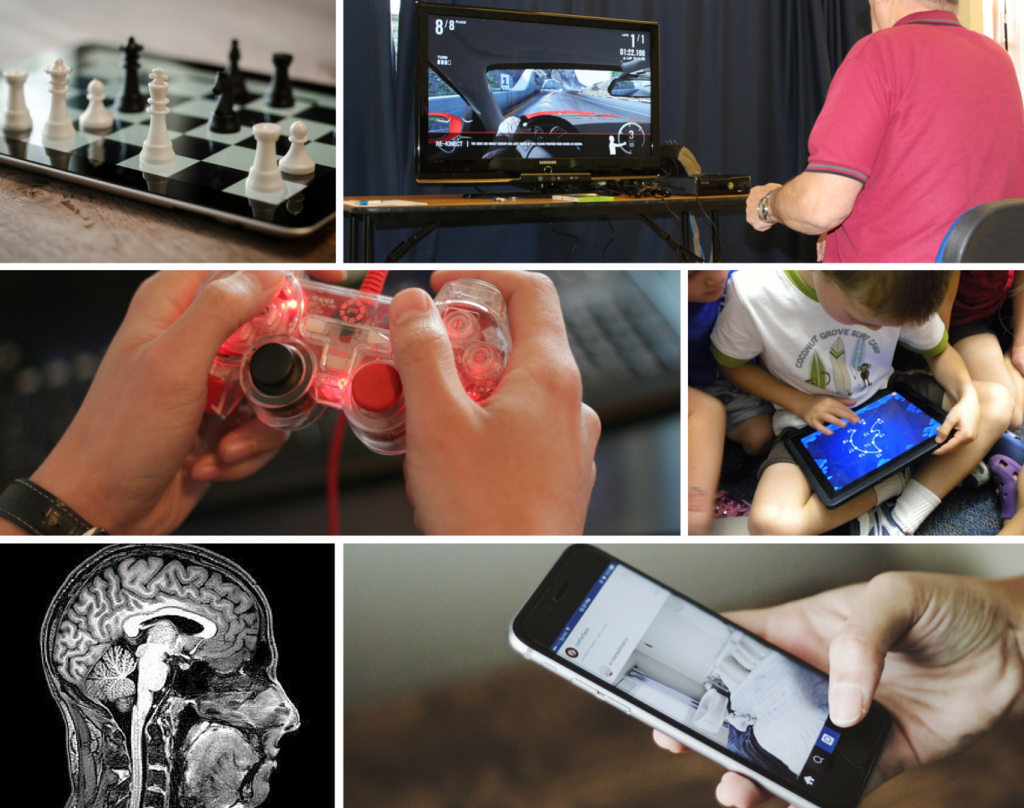
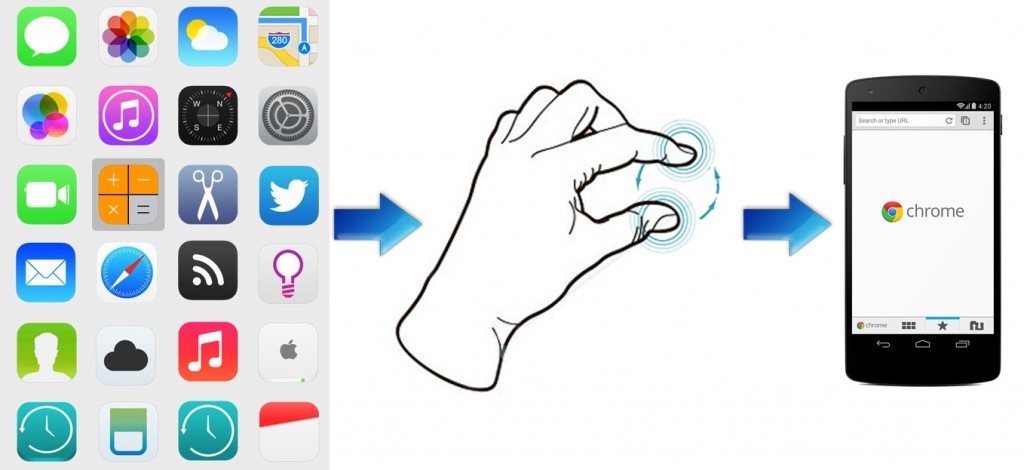
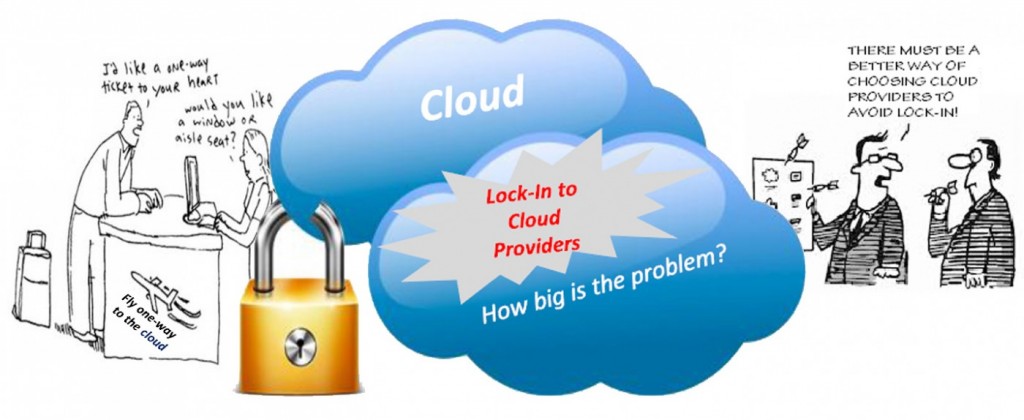 We would like to invite you to the latest research seminar of the Creative Technology Research Centre.
We would like to invite you to the latest research seminar of the Creative Technology Research Centre.

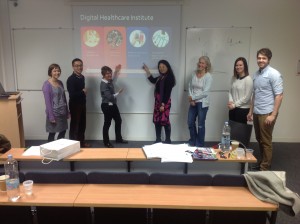











 Fourth INRC Symposium: From Clinical Applications to Neuro-Inspired Computation
Fourth INRC Symposium: From Clinical Applications to Neuro-Inspired Computation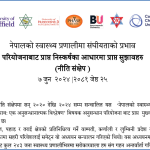 Writing policy briefs
Writing policy briefs Upholding Excellence: The Concordat to Support Research Integrity
Upholding Excellence: The Concordat to Support Research Integrity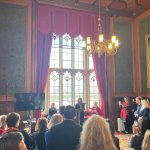 Today’s Documentation Will Serve Tomorrow’s Justice
Today’s Documentation Will Serve Tomorrow’s Justice ECR Funding Open Call: Research Culture & Community Grant – Application Deadline Friday 12 December
ECR Funding Open Call: Research Culture & Community Grant – Application Deadline Friday 12 December MSCA Postdoctoral Fellowships 2025 Call
MSCA Postdoctoral Fellowships 2025 Call ERC Advanced Grant 2025 Webinar
ERC Advanced Grant 2025 Webinar Horizon Europe Work Programme 2025 Published
Horizon Europe Work Programme 2025 Published Horizon Europe 2025 Work Programme pre-Published
Horizon Europe 2025 Work Programme pre-Published Update on UKRO services
Update on UKRO services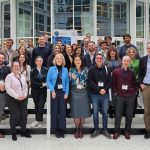 European research project exploring use of ‘virtual twins’ to better manage metabolic associated fatty liver disease
European research project exploring use of ‘virtual twins’ to better manage metabolic associated fatty liver disease